Last Christmas my father-in-law gifted an old Spotmatic. I was taken aback as it had belonged to his father and so I knew how much it meant to him to pass it along. While the camera may not be worth much on the market, to me it is worth its weight in gold. The camera itself needed a bit of work as It had sat in a closet for over two decades.The light-meter didn’t work, and the shutter seized up after every fifth or sixth shot and so it went in for repairs.
The camera did however come with a pristine SMC Takumar 55m F1.8 lens. After buying an M42-RF adapter I fell in love.
That was the last moment my feet could be seen sticking out of the rabbit hole.Since then I’ve purchased several Takumars and sold my modern lenses, replacing them with:
- Fish-eye Takumar 17mm F4
- Super Takumar 28mm F3.5
- Auto Takumar 35mm F2.3
- Macro-Takumar 50mm F4
- Takumar 85mm F1.9
- Takumar 200mm F3.5
I like the idea of having a single set of lenses that I can use on both my analog and digital camera. And while that means eschewing features like auto-focus and stabilization, it is not quite such a definitive step into the past. Mirrorless cameras are well suited to these old lenses and I feel like an absolute cheat being able to use focus peaking.
So I’ve decided to start documenting my experience with these lenses. While this website is mostly tailored towards analog photography, I have thoroughly enjoyed reading others experiences with adapting older gear to modern setups.
The first lens I want to show case is the Fish-eye Takumar. It may seem an odd choice but there is a very simple for that – this lens is fun – and was a joy to use on an APS-C sensor. At 17mm (roughly 25-26mm on crop sensor) it has a refreshingly wide field of view. On a crop sensor I have always struggled, especially indoors, to retain some context of the scene. Due to the cropping, the fish-eye effect is much reduced (much to the disappointment of the skateboarding community), making it a great option for someone seeking a wide-angle prime. With a maximum aperture of F4 it’s not the fastest lens in the world, yet I found it performed admirably in most situations.
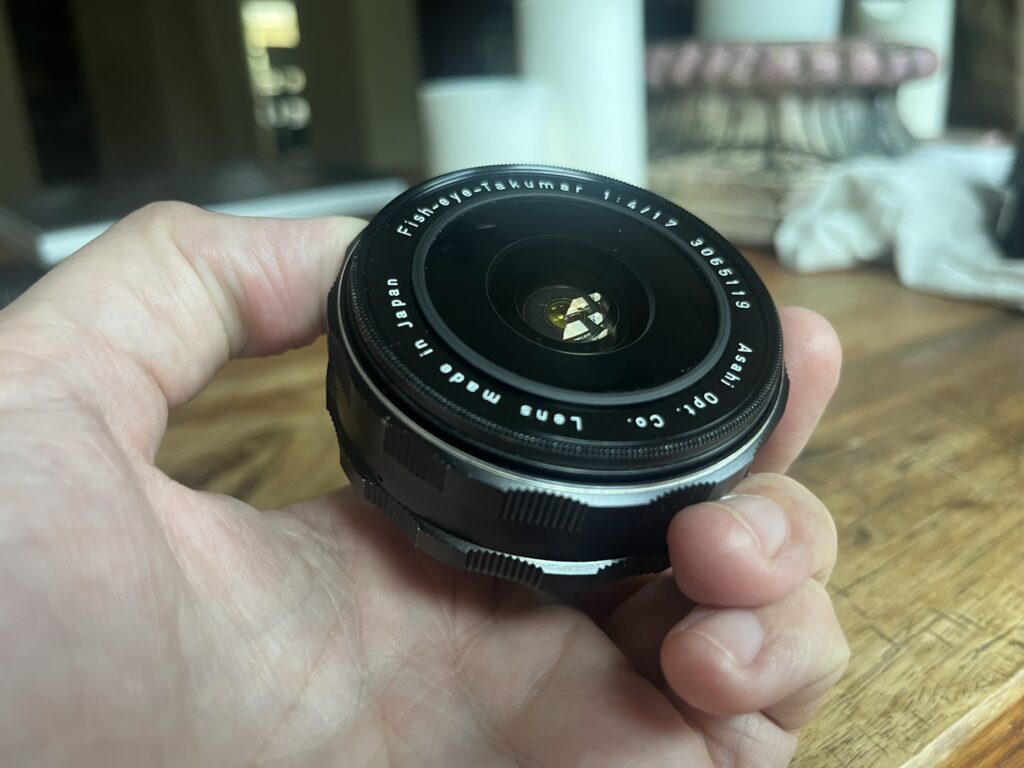
The fish-eye has an exposed front element with no filter ring (more on that later), and while not a true pancake you could call it pancake-like, like a deflated muffin. The exposed glass does give me some cause for concern as it wouldn’t take much to scratch it. Like most Takumars of this era it feels solid and satisfyingly heavy and the focus ring is smooth.
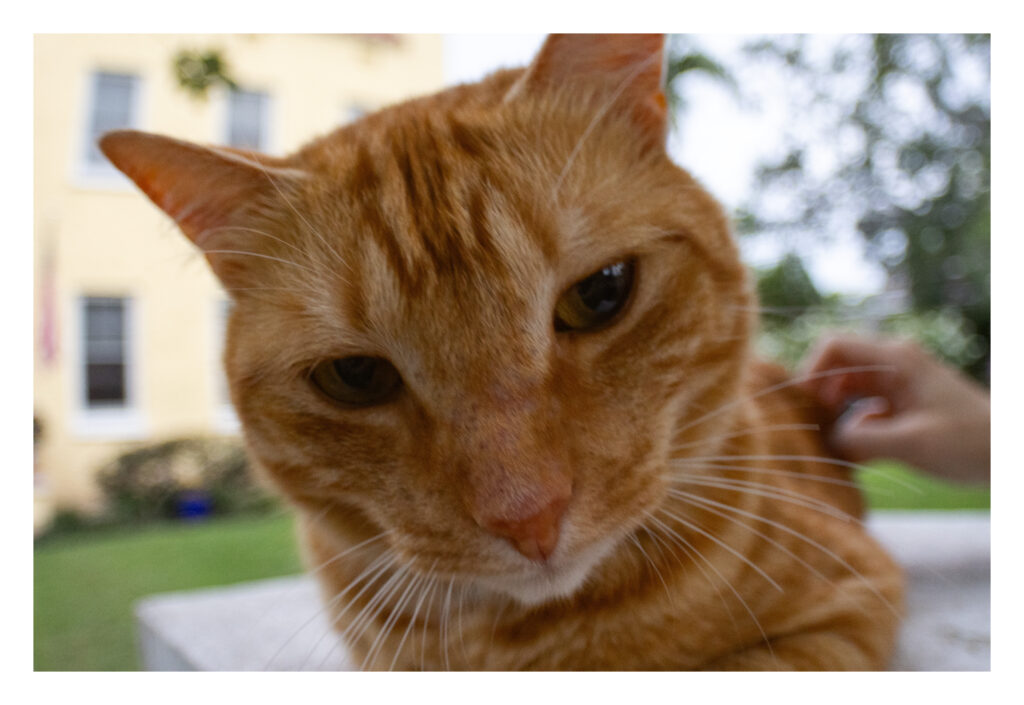
The wide-angle coupled with a short minimum focusing distance of 20cm means that it can be easy to forget just how much distance there truly is between you and your subject. Taking this shot quickly I didn’t quite nail the focus however, I love it all the same, producing a dreamy effect with some distortion. The lens is capable of much sharper images close up, however when a shot doesn’t quite work out I often camera away quite happy with the imperfections.
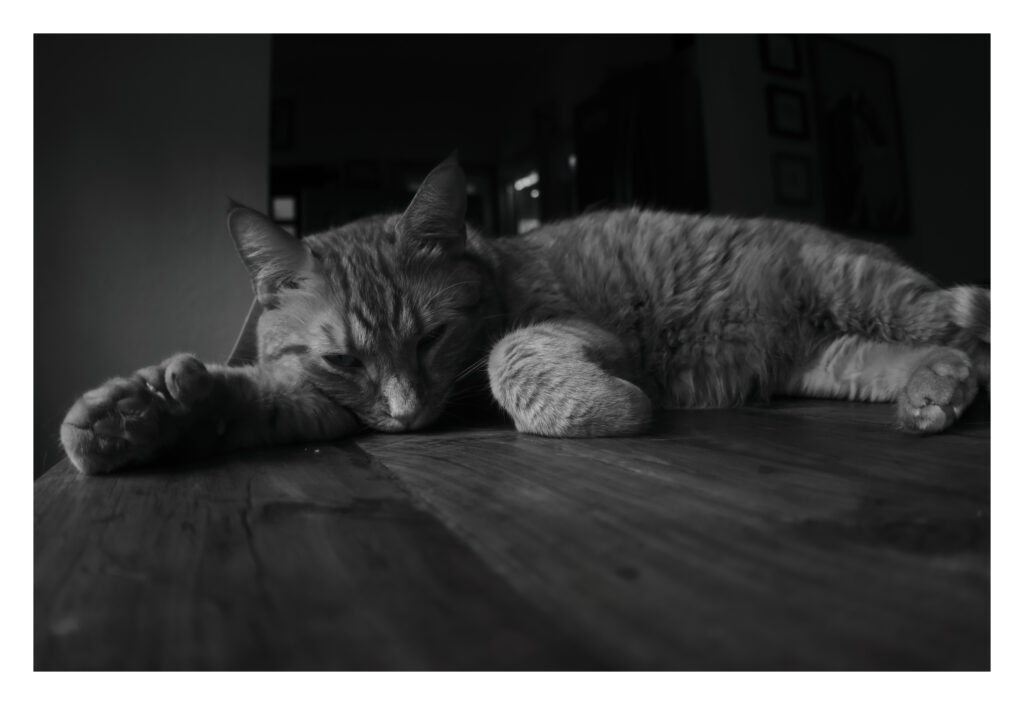
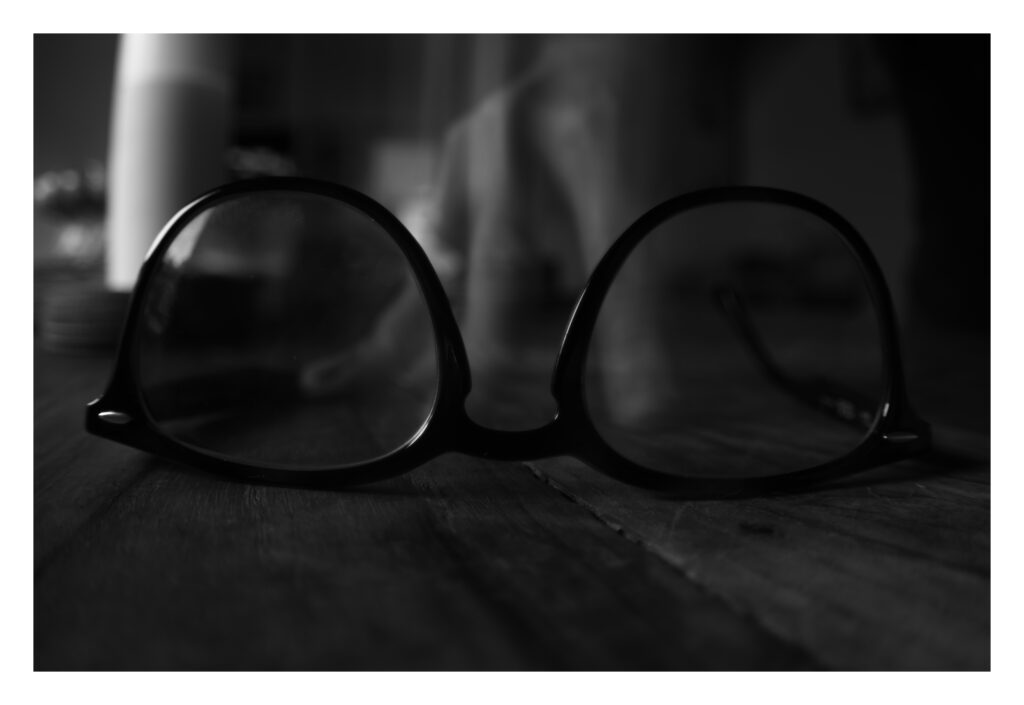
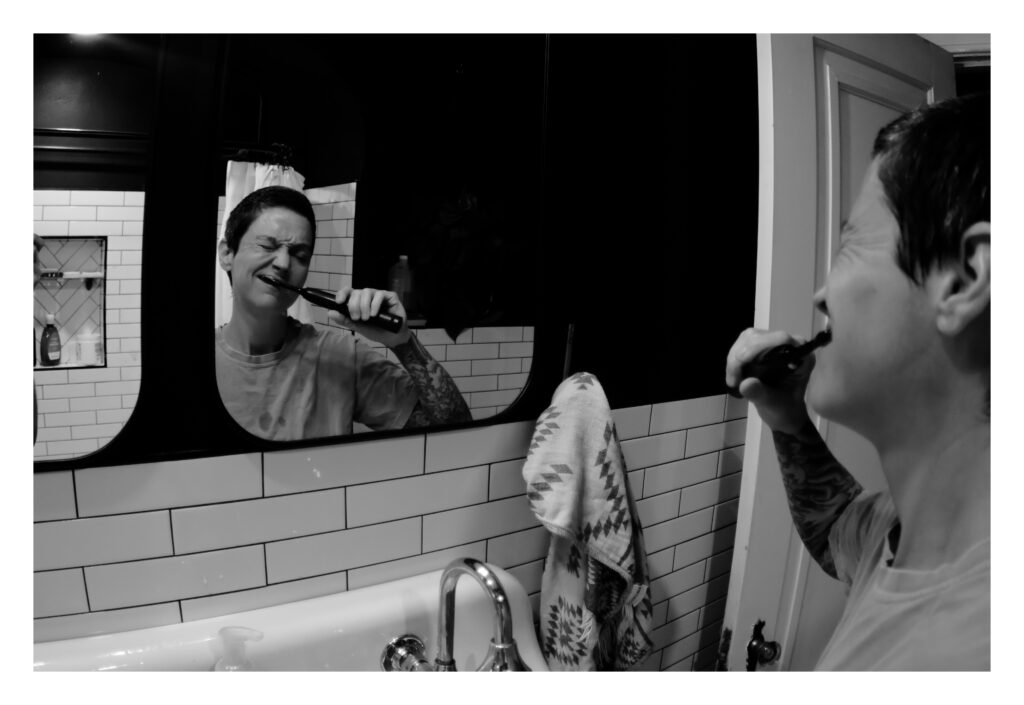
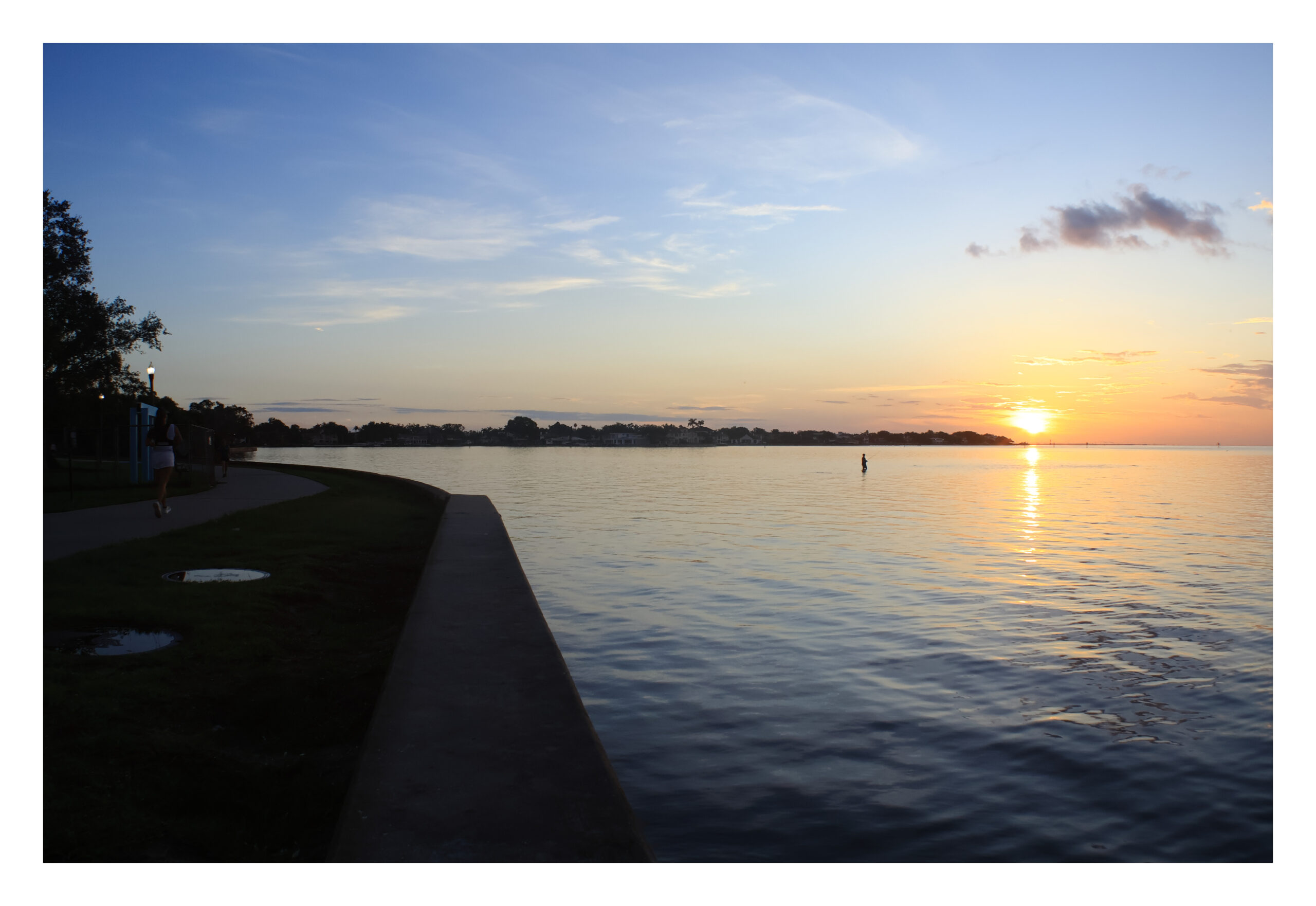
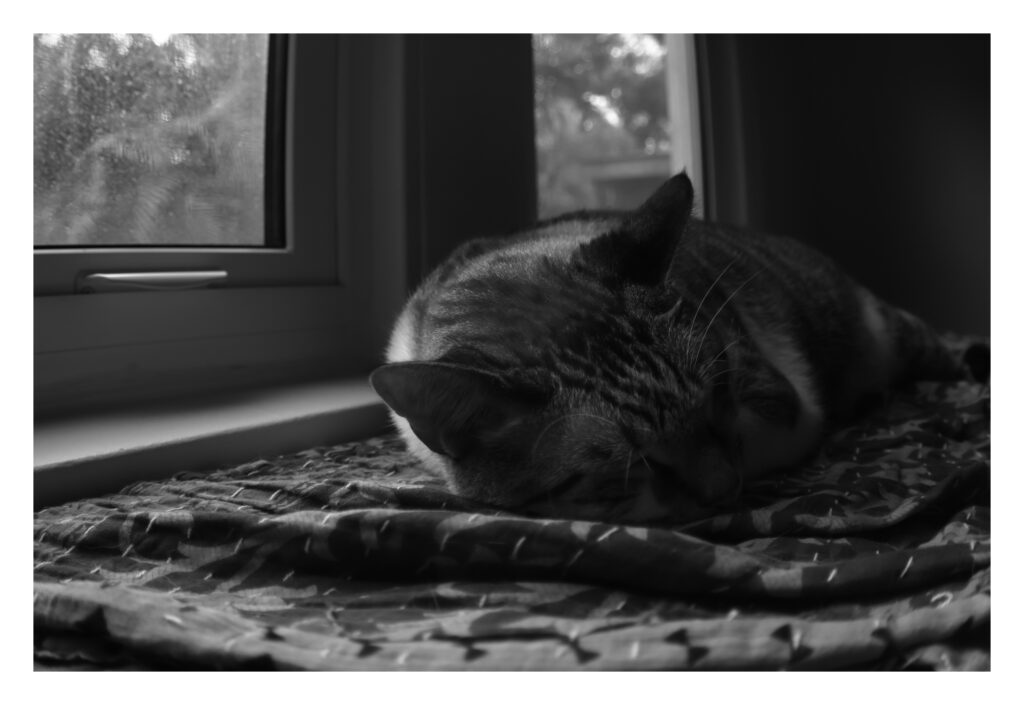
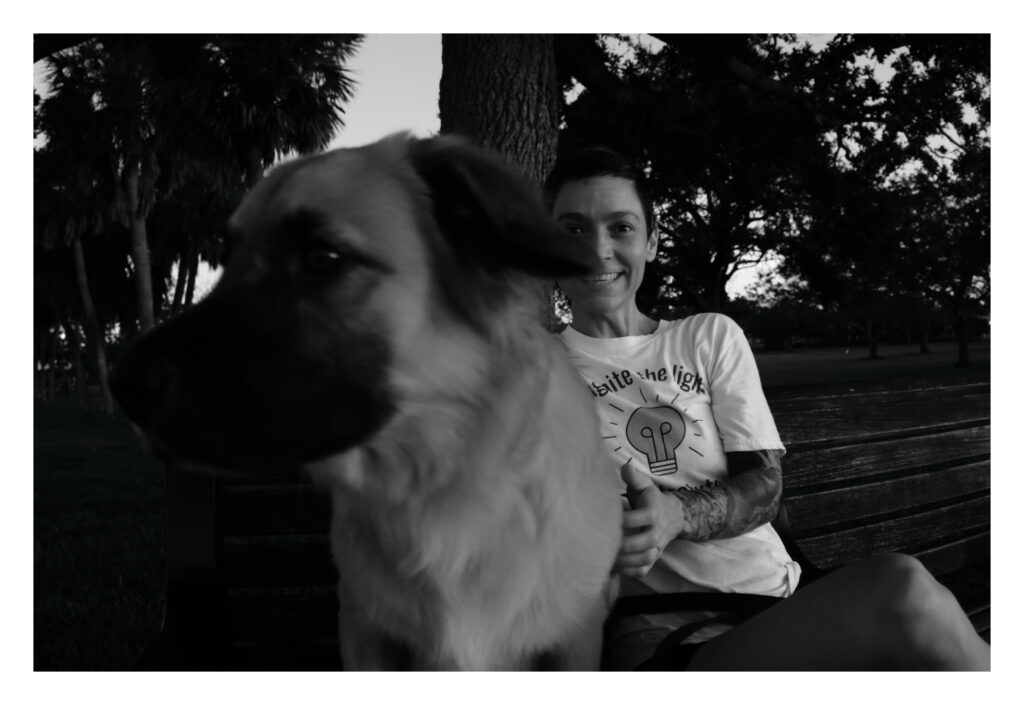
While the fish-eye doesn’t come with a filter thread – it does come with built-in filters of its own. There are three to choose from, a UV (L39), Yellow (Y48CY2) and Orange (O56). The orange and yellow are not particularly useful on a digital sensor, but I know I’ll get plenty of use out of them on the Spotmatic. I knew they wouldn’t produce the same effect as with film, but that didn’t stop me trying.
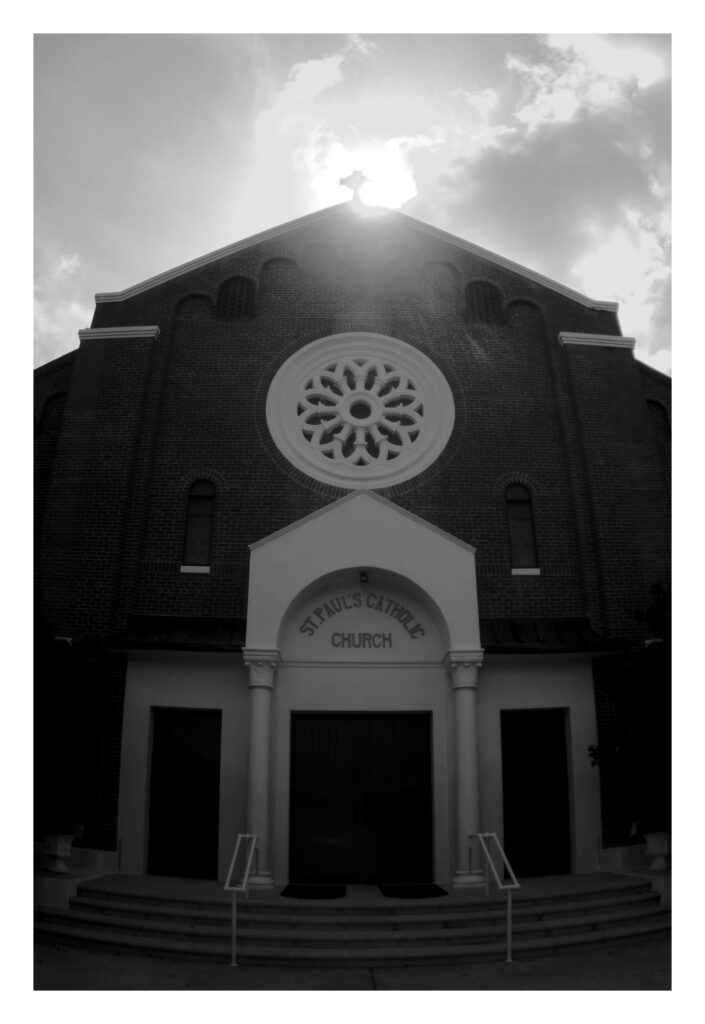
Share this post:

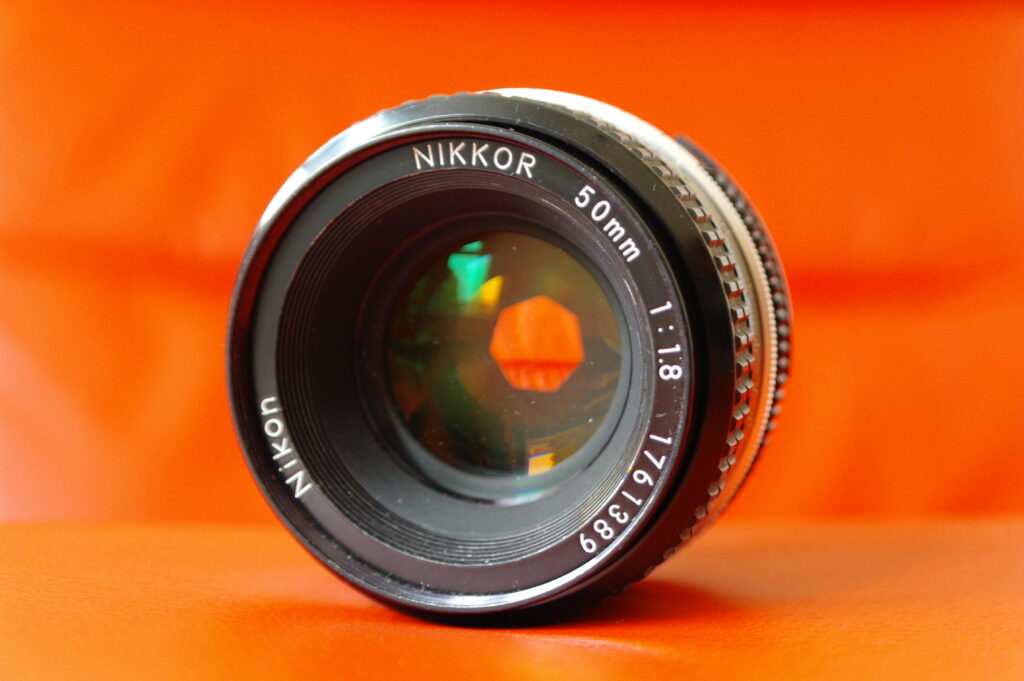
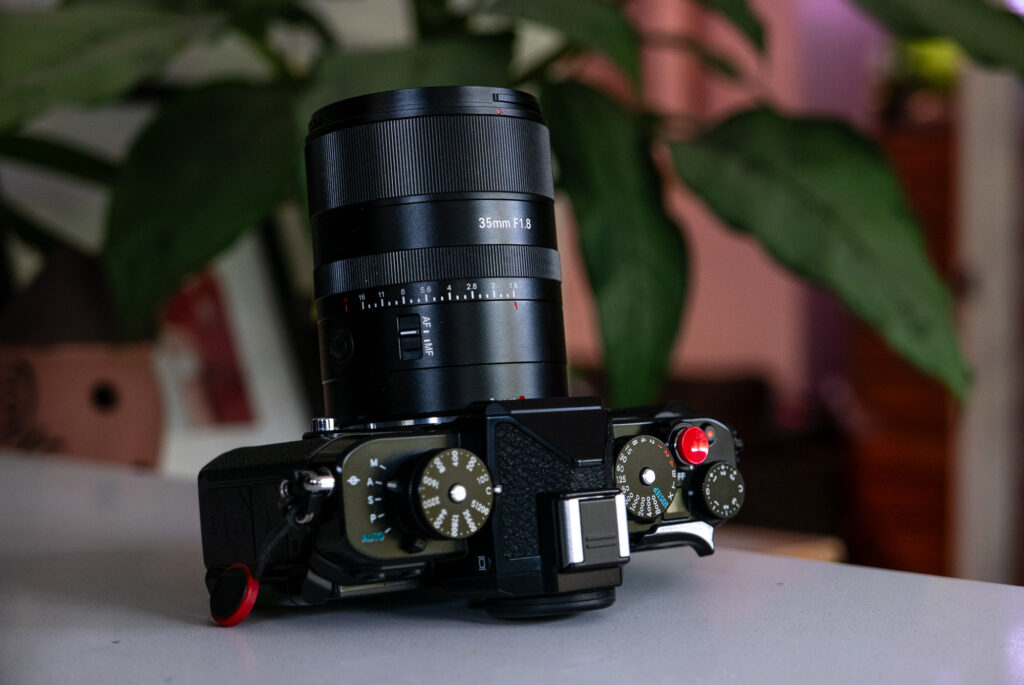
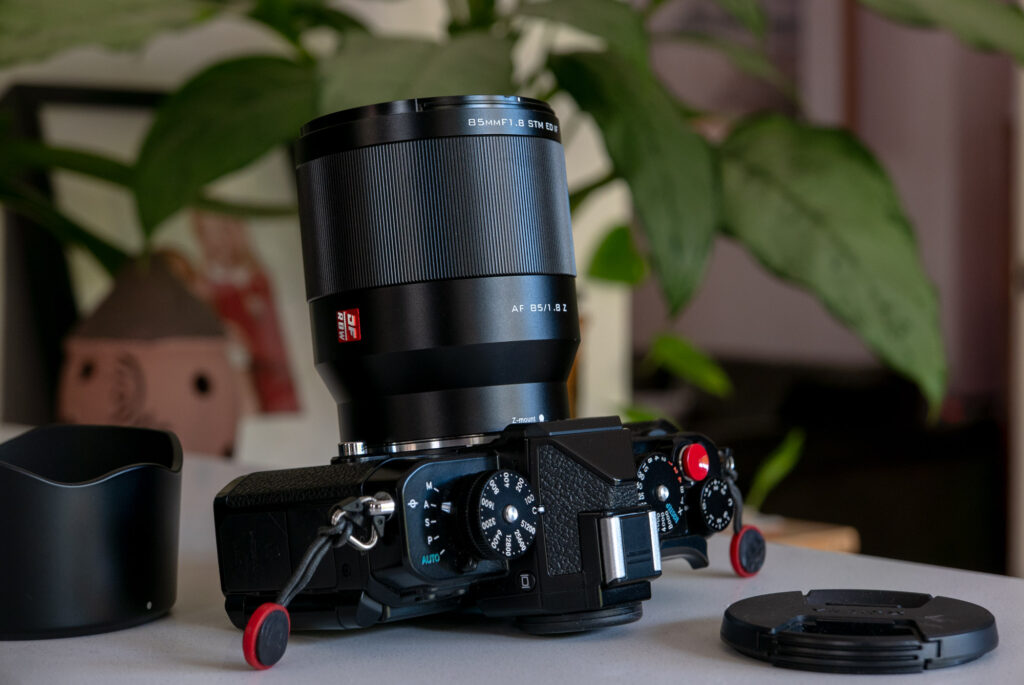
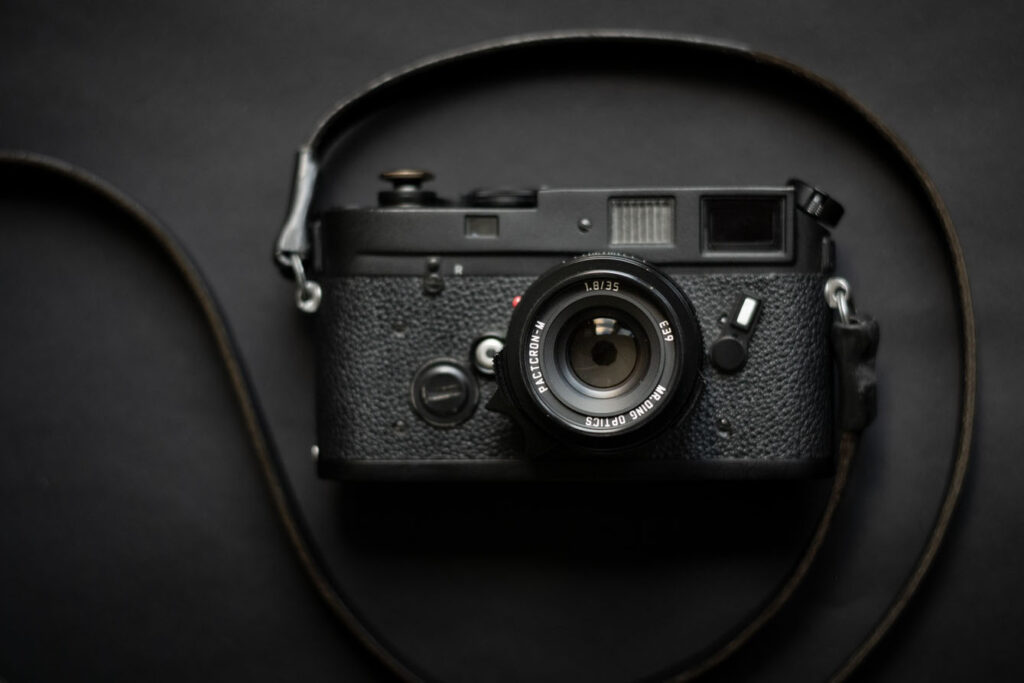
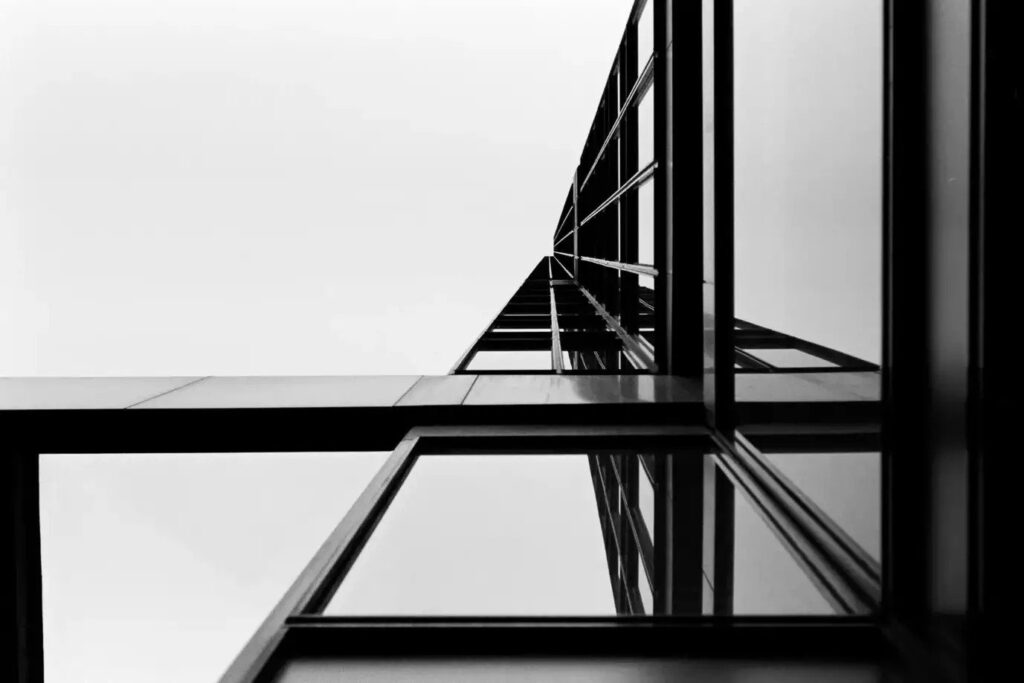


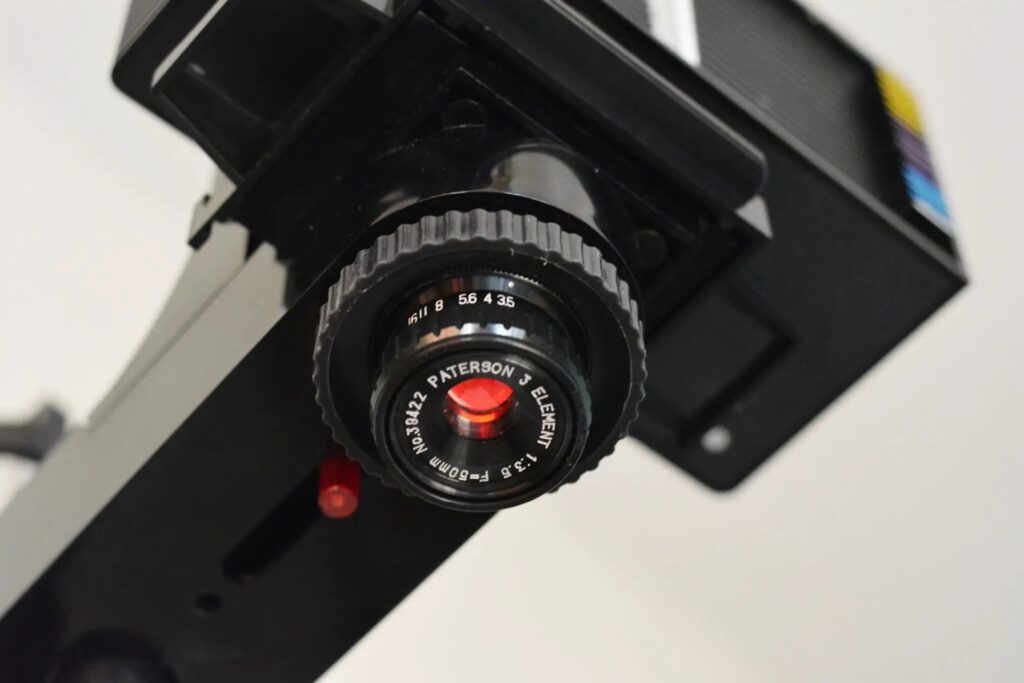
Comments
Jeff T. on Fish-eye-Takumar 17mm – Takumars in a Digital Age #1
Comment posted: 25/08/2025
Comment posted: 25/08/2025
Gary Smith on Fish-eye-Takumar 17mm – Takumars in a Digital Age #1
Comment posted: 25/08/2025
Looking forward to reading more of your learning process and hoping for the occasional chuckle.
Comment posted: 25/08/2025
Bob Janes on Fish-eye-Takumar 17mm – Takumars in a Digital Age #1
Comment posted: 25/08/2025
I look forward to seeing your other posting with ths Takumars!
Comment posted: 25/08/2025
Tony Warren on Fish-eye-Takumar 17mm – Takumars in a Digital Age #1
Comment posted: 25/08/2025
Comment posted: 25/08/2025
Comment posted: 25/08/2025
Dave Lynagh on Fish-eye-Takumar 17mm – Takumars in a Digital Age #1
Comment posted: 26/08/2025
Comment posted: 26/08/2025